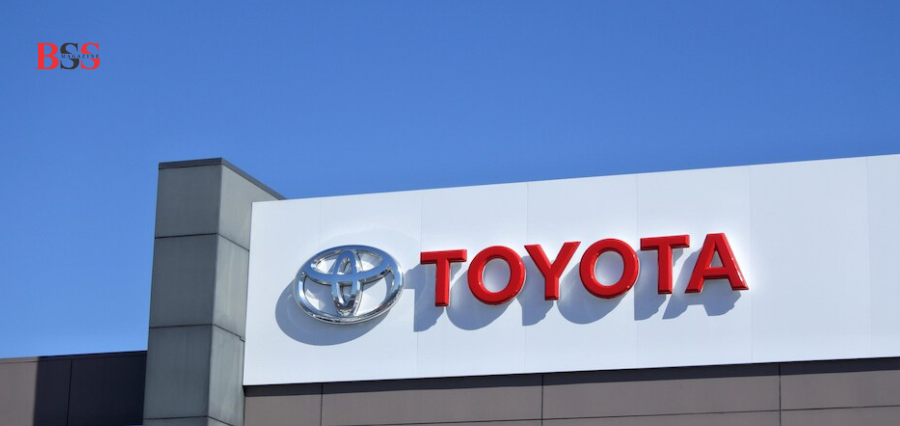Prime Highlights :
- Toyota to acquire TIO entirely in $26 blight purchase.
- Deal designed to reduce complexity and improve corporate governance in group.
Key Facts :
- Transaction involves tender offer and share buyback to eliminate cross-holdings.
- TIO produces auto parts and vehicles such as TIO models such as the RAV4, a compact crossover SUV produced by Toyota Industries Corporation.
Key Details :
Toyota Motor Corp will take Toyota Industries, its key supplier and group member, private in a record $26 billion (3.7 trillion yen) deal. Toyota Fudosan, Toyota’s independent property arm, will execute the transaction by conducting a tender offer for all of the publicly traded shares of Toyota Industries. Meanwhile, Toyota Motor will repurchase its stock issued to Toyota Industries, effectively erasing their cross-holdings.
This strategic action is taken amid increased pressure from investors and regulators on Japan’s cross-shareholding legacy model, which has been attacked sometimes for watered-down accountability and transparency. Toyota Motor held around 24% of Toyota Industries, which in turn held nearly 9% of Toyota Motor and significant stakes in other group firms such as Denso. In unwinding the cross-holdings, Toyota is complying with calls to simplify its governance framework and bring it more into line with best practices overseas.
The transaction is also a part of Toyota’s broader drive to consolidate its gigantic, multi-layered corporate hierarchy and maintain tight control over its most strategic manufacturing and technology units. Toyota Industries, established by Sakichi Toyoda in 1926 as a producer of looms, has expanded into one of the world’s leading manufacturers of auto parts, forklifts, and vehicles, including the RAV4 sport utility vehicle, a best-seller. So central to Toyota’s value chain, it is strategically important to the automaker.
Through the sale of Toyota Industries in the private market, Toyota seeks to eliminate public market restrictions on the operation and growth strategy of the unit. It also enables it to move more quickly, more effectively utilize capital, and invest more boldly in electric vehicles, automation, and next-generation manufacturing. The move is considered risky in the context of Toyota’s long-term strategy to secure competitive leadership in an evolving world automotive landscape.





